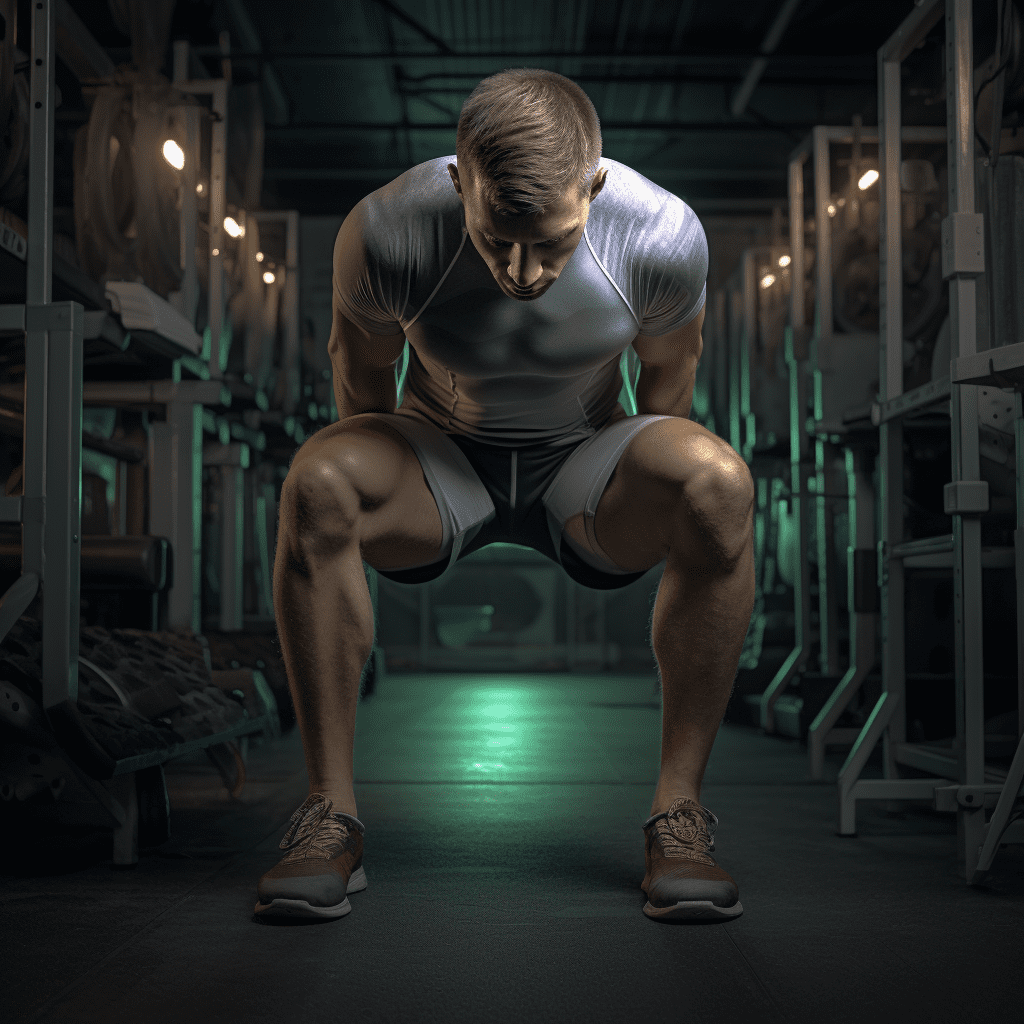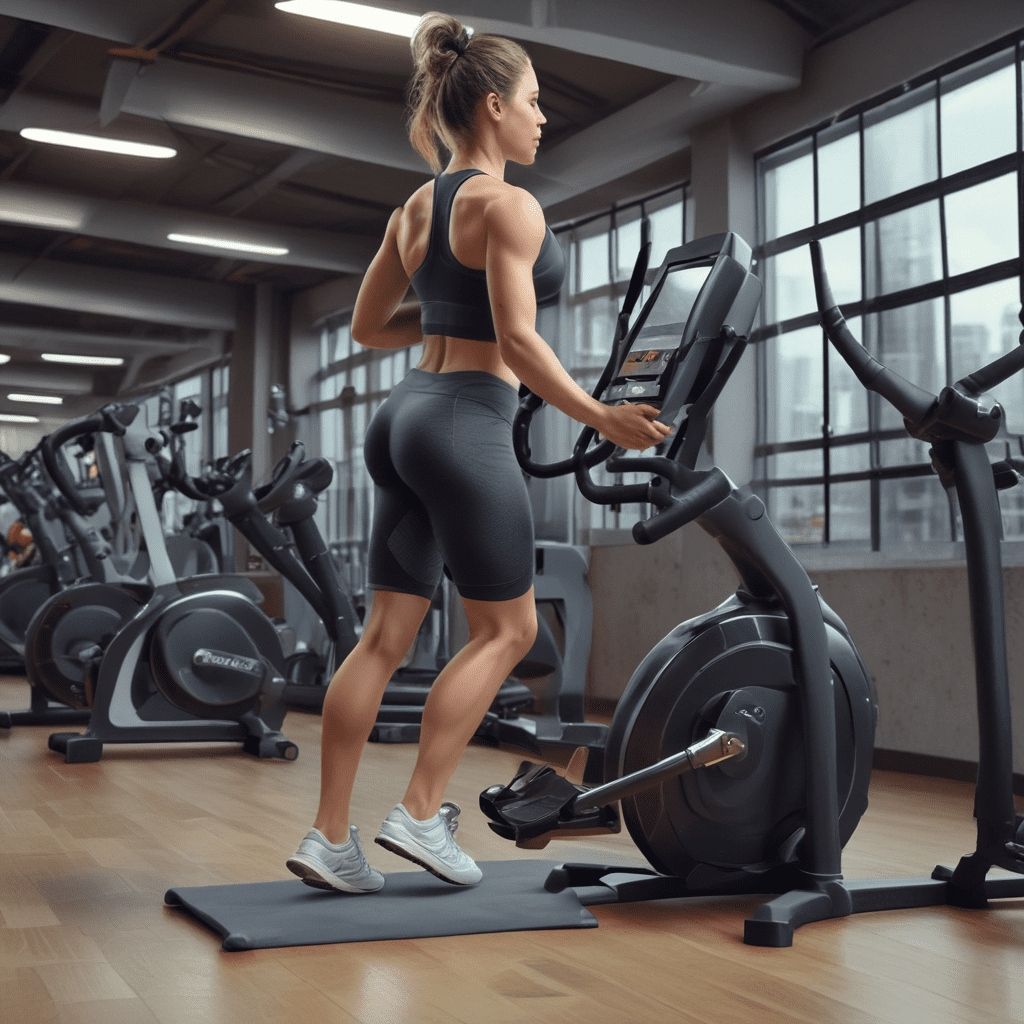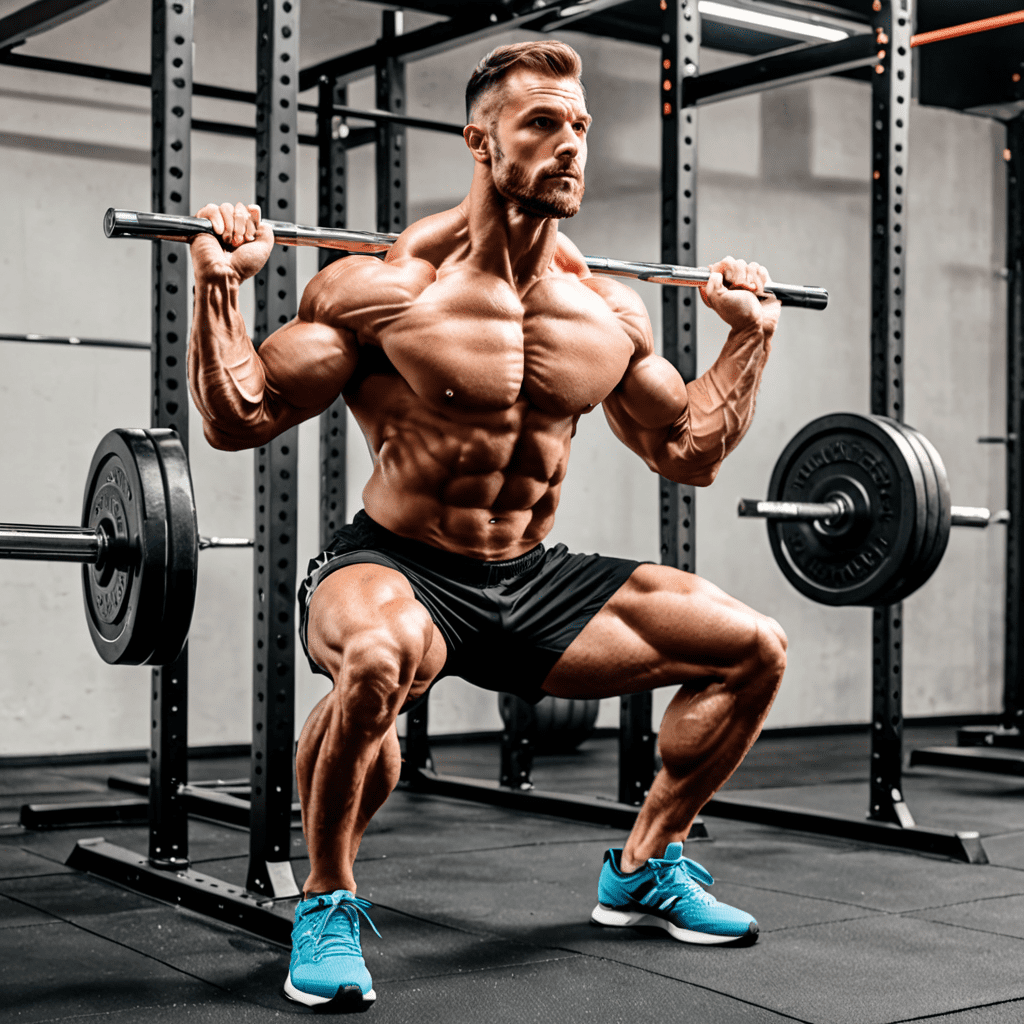
Why Does My Knee Hurt When I Squat?
Squatting is a popular exercise that helps strengthen the lower body, particularly the muscles around the hips, thighs, and buttocks. However, if you experience knee pain during squats, it can be concerning and discouraging. In this article, we will explore the possible causes of knee pain during squats and provide some tips to alleviate discomfort.
Potential Causes of Knee Pain During Squats
1. Incorrect Form and Technique
One of the most common reasons for knee pain during squats is improper form and technique. If you are not performing squats correctly, it can put excessive strain on your knees and lead to pain. Some common form mistakes include:
- Allowing your knees to cave inwards
- Overextending the knees past the toes
- Leaning too far forward or backward
- Not maintaining a neutral spine
To prevent knee pain, it is crucial to learn the proper squatting technique and execute it with precision.
2. Muscle Imbalances
Muscle imbalances can contribute to knee pain during squats. When certain muscles are weak or tight, it can cause instability and misalignment in the knee joint. Common muscle imbalances that may affect squats include:
- Weak glutes and hamstrings
- Tight hip flexors and quadriceps
Addressing these imbalances through targeted exercises and stretches can help reduce knee pain during squats.
3. Previous Injuries or Conditions
If you have a history of knee injuries or certain underlying conditions, such as osteoarthritis or patellofemoral pain syndrome, squatting can exacerbate the discomfort. It is essential to consult with a healthcare professional who can provide guidance on modifying your squatting technique or suggest alternative exercises that are more suitable for your specific situation.
4. Ramp Up Intensity Gradually
Jumping into intense squatting workouts without gradually building up strength and endurance can put excessive strain on your knees. Make sure to start with lower intensity exercises and progressively increase the load and difficulty over time. This gradual progression allows your body to adapt and reduces the risk of knee pain.
Tips to Alleviate Knee Pain During Squats
Here are some tips that can help alleviate knee pain during squats:
- Warm Up: Prior to squatting, it is essential to warm up your muscles and joints to increase blood flow and flexibility. Perform dynamic stretches and light cardio exercises to prepare your body for the squatting movements.
- Modify Your Range of Motion: If deep squats cause knee pain, try reducing your range of motion. Focus on performing squats where your thighs are parallel to the ground, or even higher if necessary. As your strength and flexibility improve, you can gradually increase your range of motion.
- Strengthen Supporting Muscles: Specifically targeting and strengthening the muscles around your hips, thighs, and buttocks can provide added support to your knees during squats. Exercises like clamshells, glute bridges, and leg press can help develop these muscle groups.
Incorporate Low-Impact Exercises: If squatting continues to cause discomfort, consider incorporating low-impact exercises into your routine. Activities like swimming, cycling, or using the elliptical machine can provide a cardiovascular workout without excessive strain on the knees.
Rest and Recover: Don’t overlook the importance of rest and recovery. Giving your body enough time to heal and regenerate is crucial for overall muscle and joint health. Adequate sleep, proper nutrition, and listening to your body are essential components of an effective recovery routine.
FAQ
Q: Should I continue squatting if I experience knee pain?
A: It is recommended to take a break from squats if you experience knee pain. Continuing to squat with pain can potentially worsen the condition and lead to further injuries. Consult with a healthcare professional to determine the best course of action.
Q: Are there any exercises I can do to strengthen my knees before squatting?
A: Yes, there are several exercises that can help strengthen your knees, such as leg extensions, hamstring curls, and standing calf raises. However, it is crucial to consult with a fitness professional or physical therapist to ensure you are performing these exercises correctly and to receive personalized guidance.
Q: Are knee sleeves or braces recommended for squatting?
A: Knee sleeves or braces can provide added support and stability to the knee joint, which may alleviate discomfort during squats. However, it is important to note that knee sleeves or braces should not be used as a crutch or a long-term solution. Addressing the underlying cause of knee pain is crucial for long-term relief.
Q: How long does it take for knee pain to go away during squats?
A: The duration for knee pain to subside during squats can vary depending on the cause and severity of the pain. With proper form, rest, and targeted exercises, many people experience relief within a few weeks. However, it is important to listen to your body and consult with a healthcare professional for personalized advice.
Q: Can I continue squatting if I have a pre-existing knee condition?
A: It is important to consult with a healthcare professional if you have a pre-existing knee condition before continuing or modifying your squatting routine. They can provide specific recommendations based on your individual circumstances and help you find alternative exercises that are safe and beneficial for your knees.
Q: How do I know if my knee pain is severe and requires immediate medical attention?
A: If you experience sudden and severe pain, swelling, instability, or have difficulty bearing weight on your knee, it is recommended to seek immediate medical attention. These symptoms may indicate a more serious injury that needs to be


